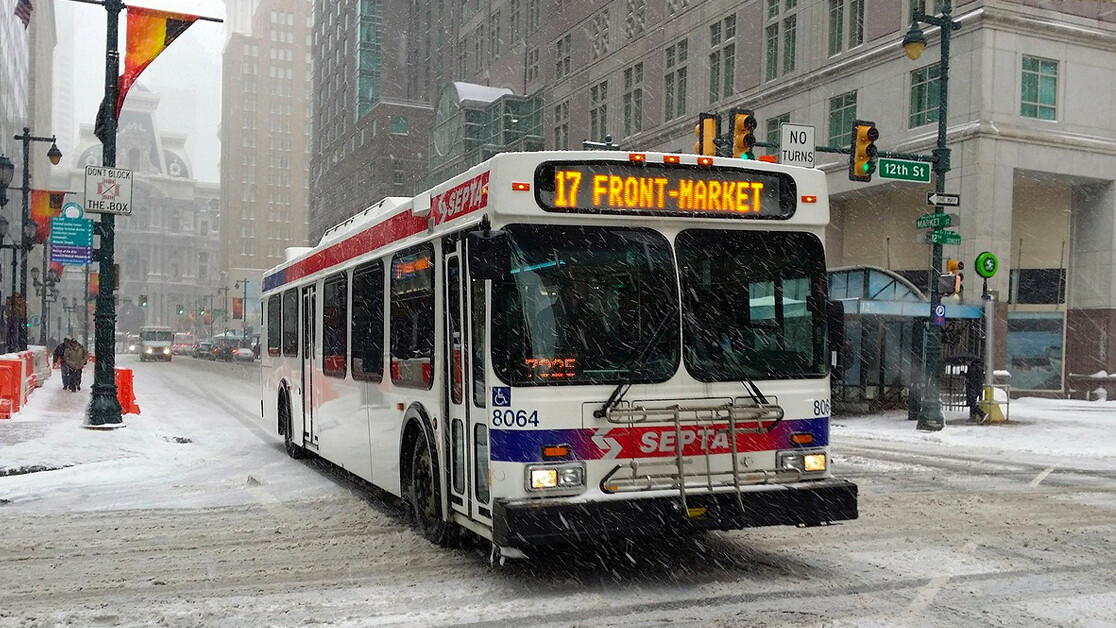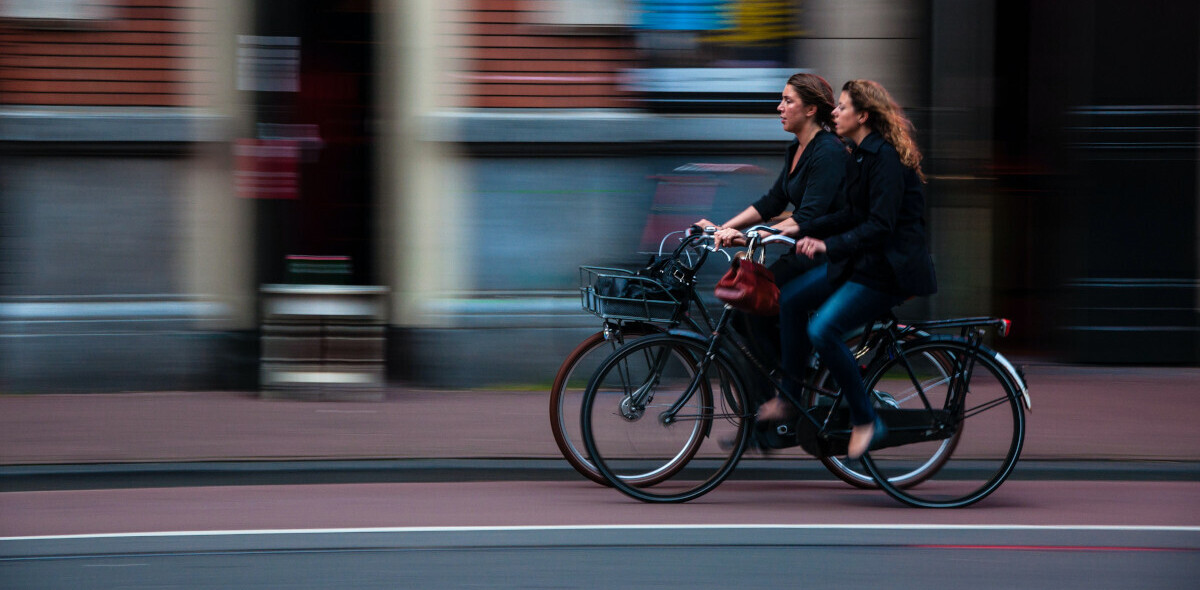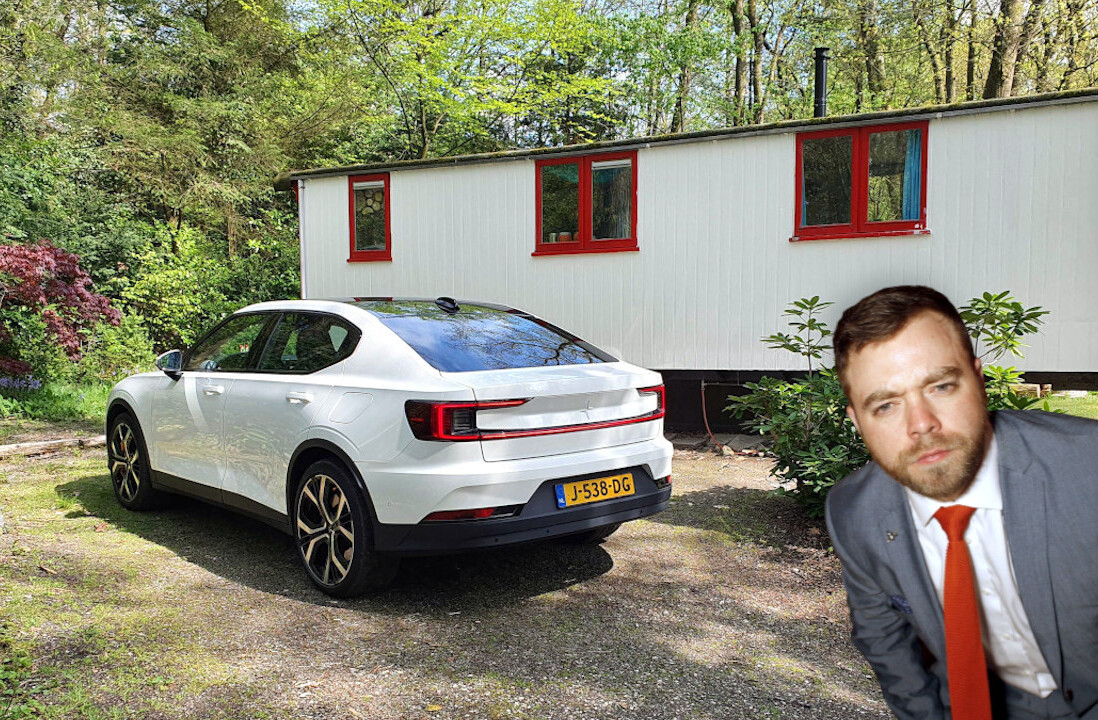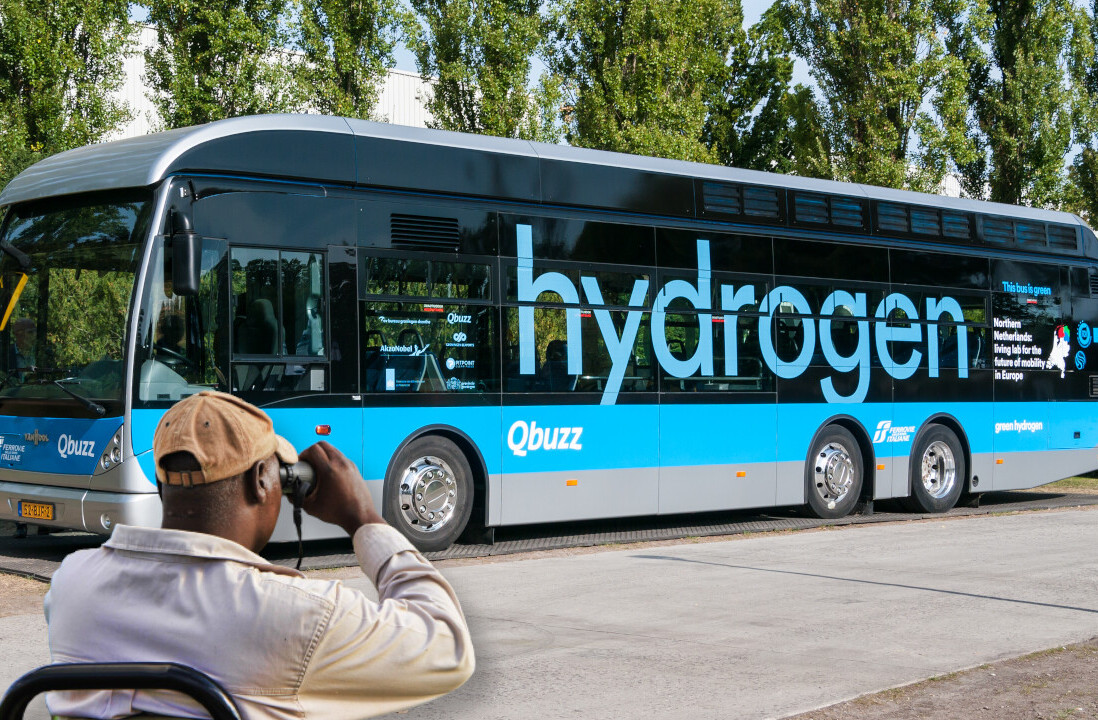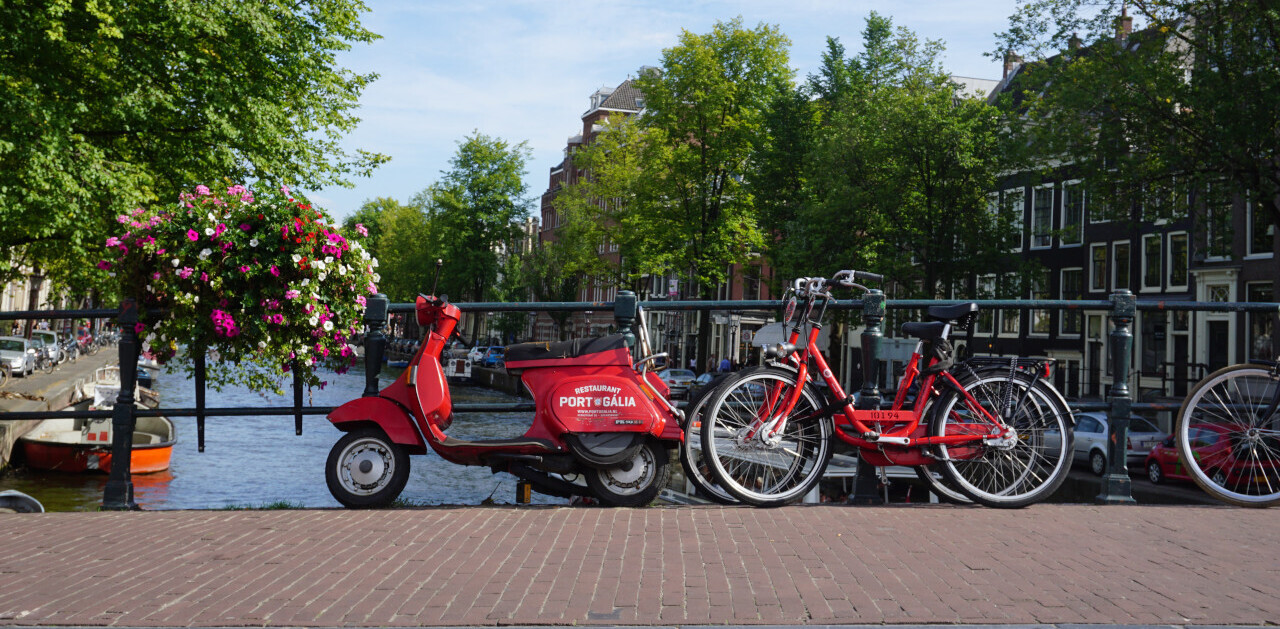This article was originally published by Christopher Carey on Cities Today, the leading news platform on urban mobility and innovation, reaching an international audience of city leaders. For the latest updates follow Cities Today on Twitter, Facebook, LinkedIn, Instagram, and YouTube, or sign up for Cities Today News.
Philadelphia has unveiled a comprehensive roadmap for how to increase ridership on its buses, streetcars, subways, and regional rail over the next 24 years.
The Philadelphia Transit Plan, A Vision for 2045 aims to transform the city through a range of initiatives, including more equitable, frequent, safe, and environmentally friendly transport.
“We cannot fully address the systemic racial disparities among our residents, recover from the current economic crisis and fight the climate crisis without investing in public transportation,” said Philadelphia Mayor Jim Kenney.
“The coronavirus pandemic and its economic challenges make transit planning more important than ever.”
The speed at which the plan can be rolled out is subject to funding. Therefore, different variations based on current trends in city capital budgets and possible state and federal funding outline low, moderate, and aspirational scenarios.
[Read: How do you build a pet-friendly gadget? We asked experts and animal owners]
Five goals
The plan sets out five goals to achieve a more connected Philadelphia.
A focus on safety, reliability, and cleanliness will mean adding bus lanes to reduce delays; further enhancing cleaning and safety measures on vehicles and at stations; and improving bus stop infrastructures, such as shelters and lighting.
Environmental measures will include efforts to make living without a car easier; adopting battery-electric buses “as the technology allows”; and shifting to clean energy to power trains, buses, and trolleys.
To make the transit system more equitable, Philadelphia will reform its fare structure, including adding a low-income pass program and implementing fare caps. Other plans are to expand frequent weekend services and achieve full accessibility on the MFL and BSL subway lines and the trolley network.
Priorities to meet today’s challenges have been identified as implementing the trolley modernization and bus priority network; partnering with SEPTA on its bus network redesign to better address the needs of the city’s diverse residents; supporting post-pandemic economic recovery with transit investments; and “ensuring every step of the transit riding process is built around the user’s needs.”
Longer-term goals are to “reimagine” the regional rail system as a frequent, metro-style service that is integrated with the entire transit network. Philadelphia will also work with regional partners to establish a stable source of transit funding as well as coordinating land-use planning and transit investment to ensure they support one another.
COVID-19 recovery
Like transit systems almost everywhere, Philadelphia saw unprecedented declines in ridership amid the pandemic which in turn have led to revenue shortfalls and investment delays.
The plan notes that while ridership has recovered “moderately”, there is a concern that people will not be comfortable returning to transit. Possible shifts to working from home more are also expected to impact transit patterns and numbers long-term, particularly regional rail.
However, the city says that the modes recovering the fastest are those that provide frequent, all-day transit service, and do not exclusively serve traditional nine-to-five commuters.
The plan states: “Things are changing fast right now, but this is a trend that makes this plan all the more important.”
Deputy Managing Director for Transportation Mike Carroll said: “This plan builds on nearly a decade of planning conducted by the City, expands on a history of inter-agency cooperation to improve transit service, and sets a vision for what the renewal and recovery of transit looks like post-pandemic.”
“We also made sure to utilize a variety of engagement resources to inform and test the ideas with residents, and both transit riders and non-riders,” he added.
The roadmap is the culmination of 17 months of work led by Philadelphia’s Office of Transportation, Infrastructure, and Sustainability (OTIS), in close collaboration with the City of Philadelphia, SEPTA, and partners at the Delaware Valley Regional Planning Commission (DVRPC), the Pennsylvania Department of Transportation (PennDOT), New Jersey Transit (NJ Transit) and the Port Authority Transit Corporation Speedline (PATCO).
Do EVs excite your electrons? Do ebikes get your wheels spinning? Do self-driving cars get you all charged up?
Then you need the weekly SHIFT newsletter in your life. Click here to sign up.
Get the TNW newsletter
Get the most important tech news in your inbox each week.
